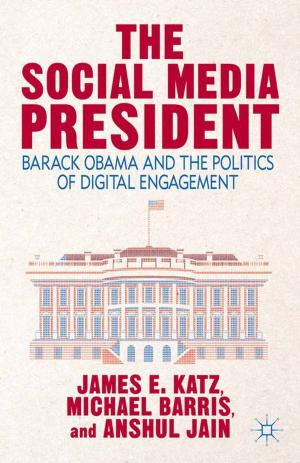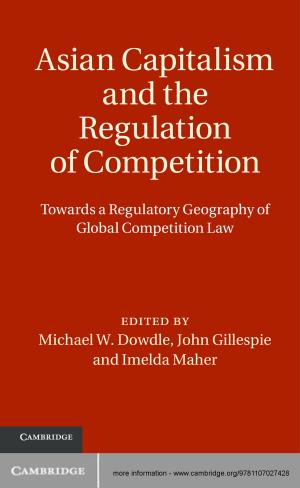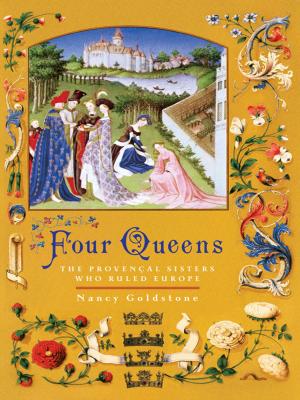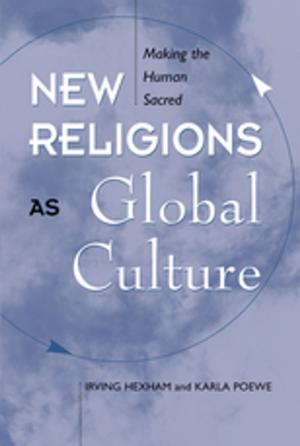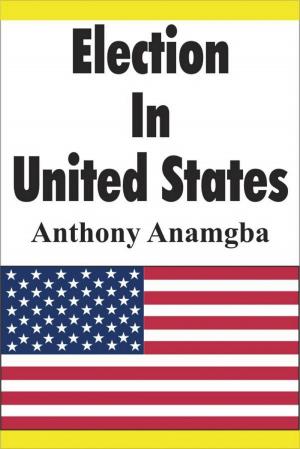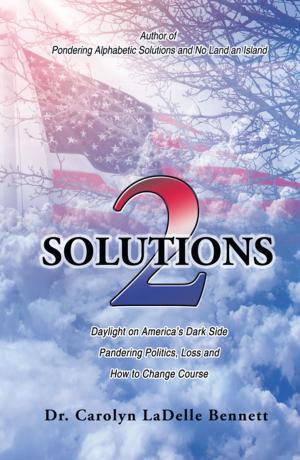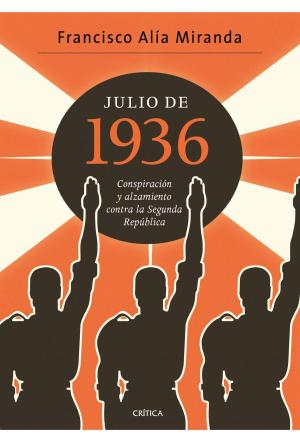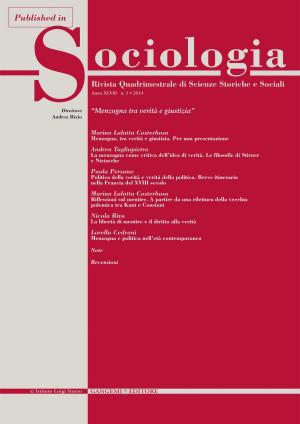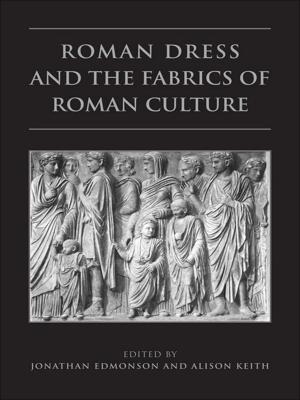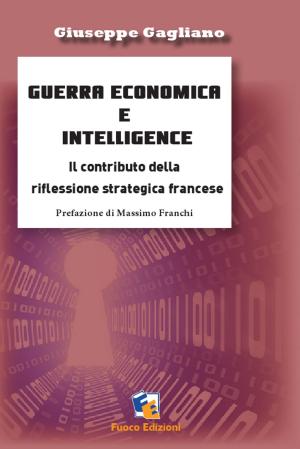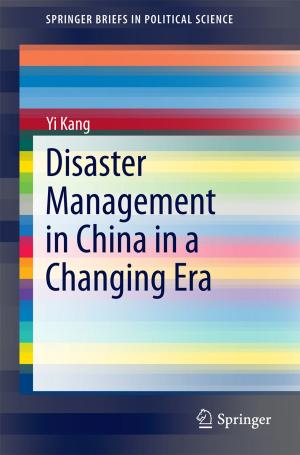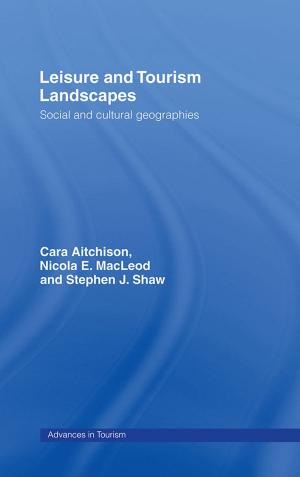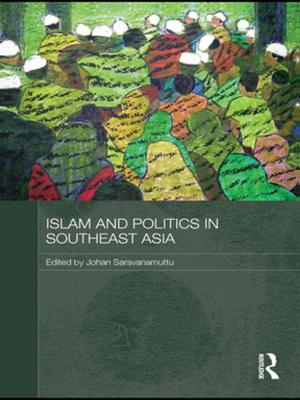Three Essays
Cannibalism, The Kumbh Mela, The Legacy of Arab Science
Nonfiction, Religion & Spirituality, Eastern Religions, Hinduism, Science & Nature, Science, Other Sciences, History, Social & Cultural Studies, Social Science| Author: | Tahir Shah | ISBN: | 9781783011414 |
| Publisher: | Secretum Mundi | Publication: | May 30, 2013 |
| Imprint: | Secretum Mundi | Language: | English |
| Author: | Tahir Shah |
| ISBN: | 9781783011414 |
| Publisher: | Secretum Mundi |
| Publication: | May 30, 2013 |
| Imprint: | Secretum Mundi |
| Language: | English |
Tahir Shah's collection of three essays considers aspects of human society and culture that help us to understand both the world around us and ourselves.
An extraordinary thought-provoking essay, CANNIBALISM: IT'S ONLY MEAT is certain to horrify a great many readers, and will leave all who reach the end with a sense of revelation at what is the last taboo.
THE KUMBH MELA: GREATEST SHOW ON EARTH considers why so many people stake so much to get to the Kumbh Mela in India, and pledge devotion. He considers the logistical triumph of the vast makeshift tent city, speaks to sadhus, gurus, and to plenty of ordinary folk, and reflects on the role of the Kumbh Mela in the modern world.
In his fascinating essay THE LEGACY OF ARAB SCIENCE, Shah discusses the often-forgotten contribution of the Arabs of the Abbasid Age, reflecting on how their breakthroughs helped shape the world in which we live.
The three essays range in length from just under 5,000 words to over 6,700 each.
An extraordinary thought-provoking essay, CANNIBALISM: IT'S ONLY MEAT is certain to horrify a great many readers, and will leave all who reach the end with a sense of revelation at what is the last taboo.
THE KUMBH MELA: GREATEST SHOW ON EARTH considers why so many people stake so much to get to the Kumbh Mela in India, and pledge devotion. He considers the logistical triumph of the vast makeshift tent city, speaks to sadhus, gurus, and to plenty of ordinary folk, and reflects on the role of the Kumbh Mela in the modern world.
In his fascinating essay THE LEGACY OF ARAB SCIENCE, Shah discusses the often-forgotten contribution of the Arabs of the Abbasid Age, reflecting on how their breakthroughs helped shape the world in which we live.
The three essays range in length from just under 5,000 words to over 6,700 each.
Tahir Shah's collection of three essays considers aspects of human society and culture that help us to understand both the world around us and ourselves.
An extraordinary thought-provoking essay, CANNIBALISM: IT'S ONLY MEAT is certain to horrify a great many readers, and will leave all who reach the end with a sense of revelation at what is the last taboo.
THE KUMBH MELA: GREATEST SHOW ON EARTH considers why so many people stake so much to get to the Kumbh Mela in India, and pledge devotion. He considers the logistical triumph of the vast makeshift tent city, speaks to sadhus, gurus, and to plenty of ordinary folk, and reflects on the role of the Kumbh Mela in the modern world.
In his fascinating essay THE LEGACY OF ARAB SCIENCE, Shah discusses the often-forgotten contribution of the Arabs of the Abbasid Age, reflecting on how their breakthroughs helped shape the world in which we live.
The three essays range in length from just under 5,000 words to over 6,700 each.
An extraordinary thought-provoking essay, CANNIBALISM: IT'S ONLY MEAT is certain to horrify a great many readers, and will leave all who reach the end with a sense of revelation at what is the last taboo.
THE KUMBH MELA: GREATEST SHOW ON EARTH considers why so many people stake so much to get to the Kumbh Mela in India, and pledge devotion. He considers the logistical triumph of the vast makeshift tent city, speaks to sadhus, gurus, and to plenty of ordinary folk, and reflects on the role of the Kumbh Mela in the modern world.
In his fascinating essay THE LEGACY OF ARAB SCIENCE, Shah discusses the often-forgotten contribution of the Arabs of the Abbasid Age, reflecting on how their breakthroughs helped shape the world in which we live.
The three essays range in length from just under 5,000 words to over 6,700 each.

